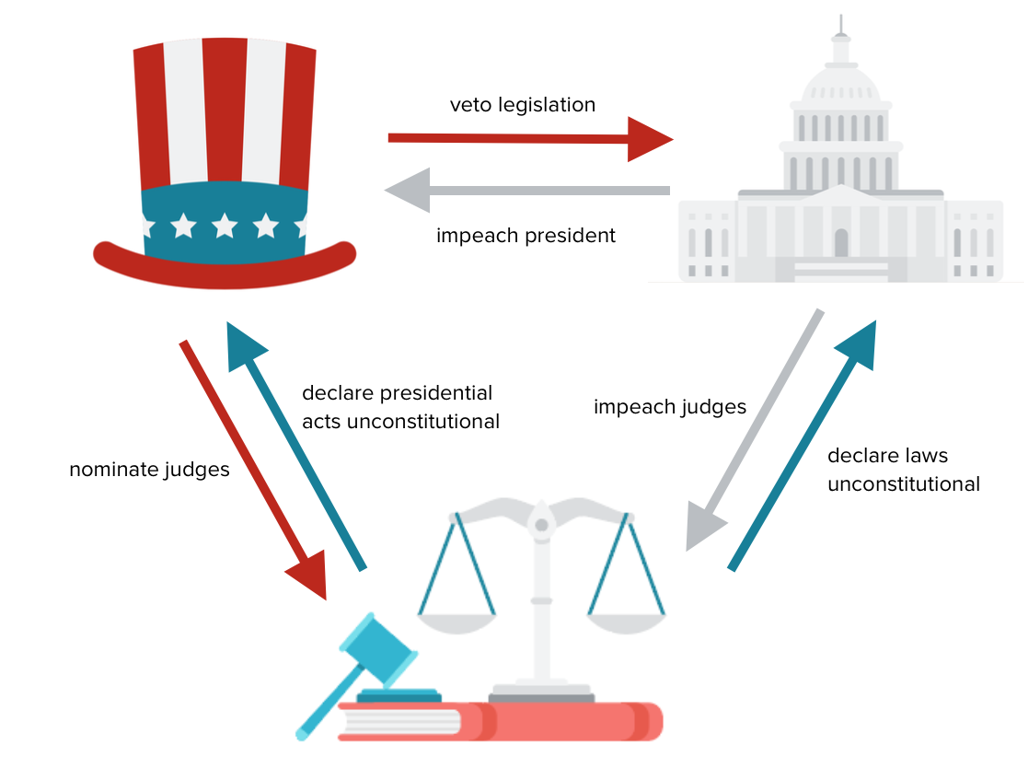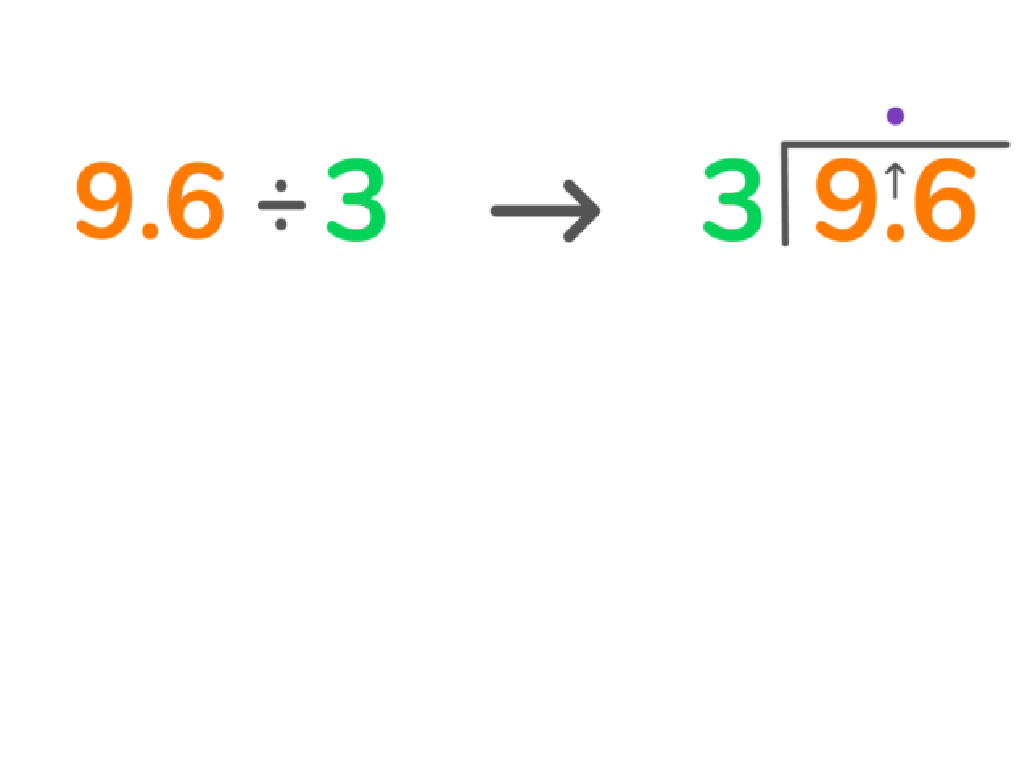Compare And Convert Metric Units Of Weight
Subject: Math
Grade: Fifth grade
Topic: Metric Units Of Measurement
Please LOG IN to download the presentation. Access is available to registered users only.
View More Content
Metric Units of Weight
– Explore metric measurement
– Metric system is used worldwide for measuring weight.
– Importance of measuring weight
– Measuring weight helps in cooking, science, and more.
– Common units: grams, kilograms
– Grams for light objects, kilograms for heavier ones.
– Converting between units
– Learn how to change grams to kilograms and vice versa.
|
This slide introduces students to the concept of measuring weight using the metric system, which is the standard in most countries. Explain that understanding weight is essential in many aspects of life, including cooking, shopping, and science. Highlight the most commonly used metric units of weight, grams and kilograms, and explain that grams are used for lighter objects while kilograms are for heavier ones. Teach students the basic conversions between grams and kilograms (1 kilogram = 1000 grams) and provide examples for practice. Encourage students to think of items that might weigh about a gram or a kilogram to create a tangible connection with the units.
Comparing Metric Units of Weight
– Grams in a kilogram
– 1 kilogram equals 1000 grams
– Balance scale comparisons
– Visualize weights on either side of a scale
– Understanding lighter vs. heavier
– Compare objects: feather vs. book
– Real-world weight examples
|
This slide introduces students to the concept of comparing different metric units of weight, specifically grams and kilograms. Start by explaining that 1 kilogram is equal to 1000 grams, which sets a foundation for understanding the scale of weight. Introduce the balance scale as a tool for comparison, helping students visualize the concept of weight by placing different objects on either side of the scale. Discuss real-world examples to illustrate lighter versus heavier objects, such as comparing the weight of a feather to a book. Encourage students to think of other examples and to use the balance scale concept to estimate the weight of objects in their environment.
Conversion of Metric Units of Weight
– Convert grams to kilograms
– To convert grams to kilograms, divide by 1,000.
– Convert kilograms to grams
– To convert kilograms to grams, multiply by 1,000.
– Tips for easy conversion
– Remember ‘King Henry Died By Drinking Chocolate Milk’ for Kilo-, Hecto-, Deca-, Base, Deci-, Centi-, Milli-.
– Practice conversion problems
– Use real-life examples like a bag of rice or a bar of chocolate.
|
This slide aims to teach students the basic conversions between grams and kilograms, which are common metric units of weight. Emphasize that moving from a smaller unit (grams) to a larger unit (kilograms) requires division, and vice versa for multiplication. Share mnemonic devices to help remember the order of metric units. Encourage students to apply these conversions to real-world objects to understand the relevance of these measurements. Provide practice problems that involve converting between these units to reinforce the concept.
Comparing Metric Weights in the Classroom
– Compare weights of classroom items
– Use scales to weigh books, pencils, etc.
– Estimate and measure weights
– Guess the weight, then use a scale to check
– Interactive Q&A activity
– Discuss which items are heavier or lighter
|
This slide introduces a practical classroom activity focused on comparing and converting metric units of weight. Students will use scales to weigh common classroom objects like books, pencils, and erasers, recording their weights in grams or kilograms. They will estimate the weight of items before measuring to practice estimation skills. An interactive Q&A session will engage students in thinking about weight comparisons, asking questions like ‘Which is heavier, a textbook or a notebook?’ and ‘Is a pack of markers lighter than a water bottle?’ This activity will help students understand the metric units of weight by applying them to familiar objects, reinforcing their learning through hands-on experience.
Metric Weight Conversion Practice
– Solve conversion problems as a class
– We’ll work through examples converting grams to kilograms and vice versa.
– Group activity: Matching game with weights
– Find a partner and match objects with their correct weight.
– Individual worksheet on weight conversion
– Use the conversion skills you’ve learned to complete the worksheet.
|
This slide is designed to reinforce the students’ understanding of metric units of weight through interactive activities. Begin with a class-wide discussion where you solve conversion problems together, ensuring to demonstrate both directions of conversion (grams to kilograms and kilograms to grams). For the group activity, provide sets of cards with different objects and their weights in either grams or kilograms, and have the students work in pairs or small groups to match each object with its corresponding weight. Lastly, distribute individual worksheets with a variety of weight conversion problems for the students to solve independently. This will help solidify their understanding of the concept. Be prepared to offer assistance and answer questions throughout the activities. Possible activities for different students could include matching heavier vs. lighter objects, converting weights for cooking ingredients, or estimating and then measuring the weight of classroom items.
Class Activity: Weight Scavenger Hunt
– Find objects in the classroom
– Estimate their weight first
– Guess the weight before measuring
– Measure weight using a scale
– Use grams (g) or kilograms (kg)
– Record & convert the weights
– Change grams to kilograms and vice versa
|
This interactive activity is designed to help students understand and apply their knowledge of metric units of weight. Students will search for objects around the classroom, make an educated guess on the weight, and then use scales to measure the actual weight in grams or kilograms. Afterward, they will record their findings and practice converting between units. For example, they might convert 1000 grams to 1 kilogram. Provide students with a conversion chart for reference. This activity will reinforce their understanding of metric units and conversion. Possible objects for measurement could include a textbook, a pencil, a lunchbox, or a water bottle. Ensure that each student or group has a variety of items to measure and convert.
Wrapping Up: Metric Units of Weight
– Review of metric weight units
– Kilograms (kg), grams (g), and milligrams (mg) are common units.
– Why accurate measurement matters
– Accurate measurements are crucial in cooking, science, and more.
– Looking ahead to metric length
– Next, we’ll explore meters (m), centimeters (cm), and millimeters (mm).
– Practice makes perfect
|
As we conclude today’s lesson, it’s important to recap the metric units of weight we’ve learned: kilograms, grams, and milligrams. Emphasize the importance of accurate measurement in various real-life scenarios, such as following a recipe or conducting a science experiment. Give students a glimpse of the next lesson where they will learn about metric units of length, including meters, centimeters, and millimeters. Encourage them to practice converting between different units of weight to solidify their understanding. Provide a few example problems for them to work on as homework to prepare for the next class.


/colonial_america_settlement.jpg)



